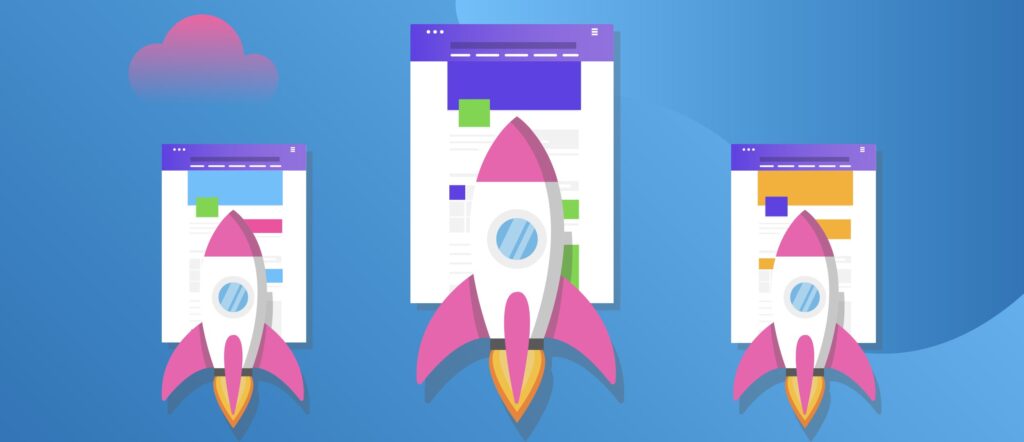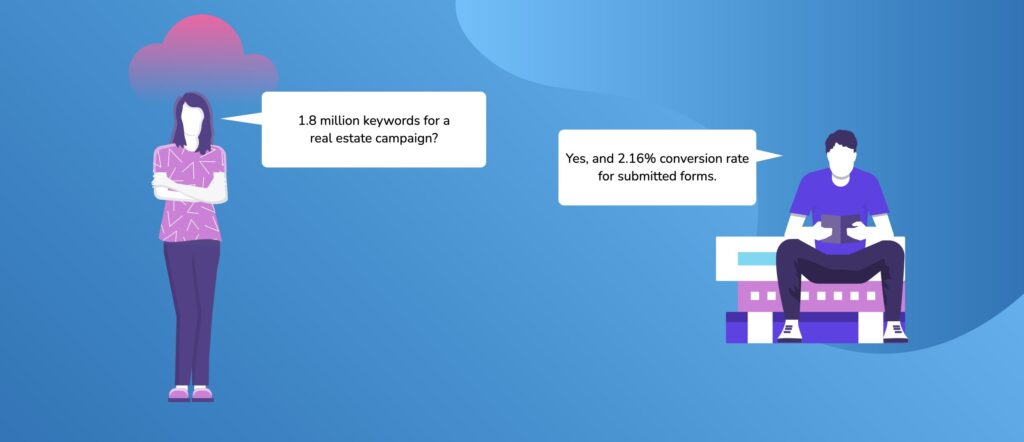
Why Should I Care About The Search Intents?
The Google search network essentially differentiates between three different types of search intent of its users: transactional, informational and navigational. In this article, however, we want to focus on the question of how important this distinction is in the first place and what impact a successful distinction has on campaign performance. We will also explain how important the different so-called search intents are for Google itself and how the search engine identifies them to begin with.
Classification of search intentions
Of course, not every type of search query can be clearly sorted into a fixed search intention. However, three relevant main groups can be named.
Transactional search queries relate directly to the purchase of a product or service and are therefore particularly attractive to advertisers due to their high conversion potential. Navigational search queries, on the other hand, link a product or service to a geographical location, such as a search for the latest boutique in Hamburg. Informational search queries represent a type of research in which the user seeks more detailed information about a product or subject area.
Content is Key
In the dynamic world of search engines, everything revolves around providing users with what they are really looking for. The mission of search engines is to serve the most relevant content that users want to see in search results. The reason is simple: if users find helpful results, they stay loyal to the search engine.
For giants like Google, however, this means more than simply recognizing individual keyword combinations in search inputs. It’s about a deeper understanding of user intentions. The challenge is to understand and evaluate each search query in its entirety. In other words, to guess as best as possible what the user actually wants or is “up to” after entering keywords.
Because the desired information and thus the content delivered can vary greatly from search intention to search intention. Especially in the field of SEA, this is of course of great importance not only for the search engines, but also for the advertiser.
The right landing page depending on the search intent
For the three main categories described in the penultimate paragraph, some elementary differences between the structure of the respective landing page can be named:
If a user makes a transactional search query, i.e. he is usually ready to take an action, the landing page should be strongly geared towards this action. It should contain clear call-to-action elements, provide important product or service information, and ideally also include reviews or testimonials to build trust. Following this, an ideally straightforward path leads to the checkout.
Informational search queries, on the other hand, focus on the user’s thirst for knowledge. The landing page should therefore deliver comprehensive, high-quality content with exactly the information the user is looking for. These pages are often less focused on direct conversions, but instead aim to provide the user with valuable information to build trust and brand awareness. However, this valuable advice can ultimately be critical to subsequent transactions.
Users who make navigational search queries should be able to reach their destination, be it a place or a website, as quickly and easily as possible. The landing page should therefore be as intuitive as it gets. In the case of location-specific queries, the classic example at this point would be a maps application with location information. Since the large number of possible locations means that individual content quickly reaches a dizzying level here, both in terms of the number of ads and landing pages, automation is a good option.
Impact on campaign performance
Obviously, the more relevant the landing page is to the search query, the better the performance of the campaign. So if advertisers are able to correctly categorize their keyword world, which reflects the search queries, they can perfectly align their landing page content accordingly, as described above. Compared to conventional campaigns that target all users across the board, you can achieve significantly higher duration and interaction rates in this way.
However, the larger the advertiser’s keyword world becomes – whether it is due to a large number of locations or a product that requires special explanation and swells the demand for information – the more time-consuming it becomes to meet the demand for precisely tailored content. Generic landing pages for a range of keywords may no longer be sufficient, and advertisers are forced to select only certain combinations.
lyftyfy enables highly individual landing pages for every keyword
The automated creation of highly individualized landing pages on any conceivable topic is a performance feature of the new campaign architecture lyftyfy. This SEA tool generates dynamic content on demand for any keyword combination. lyftyfy’s approach to answering the question of which combination should be selected is thus simply: all of them. The number of pages to be generated, whether a hundred, a thousand or up to 4 million (Google’s limit), has no impact on the effort, as it always remains the same.
lyftyfy generates this individuality based on the same template, so everything is within the corporate design. However, specific content elements can be defined for each keyword and therefore for all its combinations. This allows to always generate an individualized and highly relevant landing page for any type of search query.
So what do search engines like Google have to say about it?
A precise understanding of search intent not only helps search engines deliver better search results, but also enables them to show personalized search results and ads tailored to the specific needs and interests of the individual user. Distinguishing search intentions allows marketing efforts to be more precise and targeted. For SEA, this means that the higher relevance and the associated higher quality factor enable, for example, significantly lower CPCs with higher conversion rates – in other words, an immensely efficient campaign.


